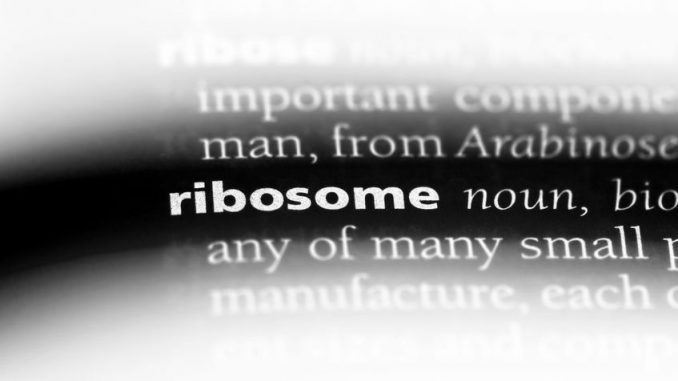
There is a piece of RNA called the 16S ribosomal RNA (16S rRNA) which has been a vital tool in genetics, especially in the subject of phylogenetics. This is essentially a marker for identifying bacteria in complex mixes.
The gene which is a piece of DNA that codes for this particular piece of RNA is called the 16S rRNA gene. Its greatest value has been in constructing what are called phylogenies. This is because the gene for 16SrRNA is highly conserved and has an extremely slow rate of evolution for this particular part of the genome.
Two scientists, Carl Woese and George E. Fox pioneered the use of 16S rRNA in the study of phylogenetics in 1977.
What Is Phylogenetics?
Phylogenetics refers to the study of evolution of genetically related groups of organisms using protein and gene evolution. It requires a comparison of homologous sequences.
Bacteria have to have the 16S rRNA component because their ribosomes cannot translate mRNA (messenger RNA) without it. All bacteria possess this component and is critical to their cell function.
The rRNA is a component of the 30S small subunit of a prokaryotic ribosome and binds to the Shine-Dalgarno sequence. The gene is about 1,500 base pairs. It is present in at least one copy in each cell.
The RNA sequences for 16S rRNA have been widely used to generate a classification of bacteria. They are also used to identify species of Bacteria and the Archaea. In some cases the conservation in the gene sequence is so conserved and consistent that it is not possible at times to tell one bacteria species apart from another.
How To Use The 16S rRNA Gene In Gene Sequencing
Culture the colonies of bacteria on plated medium. Isolate the colonies using dilution techniques. It’s more than likely that having isolated a few colonies which will be at random, these are grown on a nutrient agar and then in a nutrient broth. The object is to obtain a single species colony.
The genomic DNA of the pure isolates is then obtained by extraction for which there are a range of techniques.
The gene for 16S rRNA is amplified using the polymerase chain reaction (PCR). Most often, just a portion of the 16S rRNA gene sequences are analyzed. A good method is described by Benito et al., (2008a,b).
The sequences of the DNA (gene) which code for 16S rRNA are compared using a database like the EMBL/GenBank database using the BLAST algorithm.
Applications In The food Industry
Sequencing the 16S rRNA in bacteria is good tool for describing the microbial diversity of bacteria in food processing. Take cheese making for example. Identifying the microbial population helps in how a population influences a cheese or any other fermented product for that matter.
References
, , , , , & (2008a). Differentiation of Staphylococci from Iberian dry fermented sausages by protein fingerprinting. Food Microbiology, 25, pp. 676–682 (Article).
, , , , , & (2008b). Rapid differentiation of lactic acid bacteria from autochthonous fermentation of Iberian dry‐fermented sausages. Meat Science, 80, pp. 656–661 (Article).
Leave a Reply